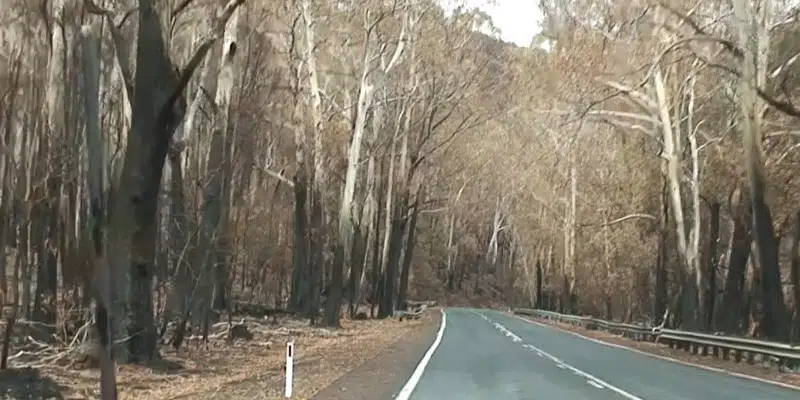
If you are situated in a forested, grassland or rural landscape, the consequences of a bushfire can be devastating and life changing. Being prepared and ensuring that you have done the appropriate amount of planning and preparation will help ensure you are best protected from these events and can quickly re-establish following a bushfire. Our Bushfire Management Plans are available to residents and business owners throughout Newcastle, the Hunter Valley, the Central Coast, the Mid North Coast and Port Stephens.
Through years of employment with NSW National Parks and Wildlife and heavy involvement in the NSW Rural Fire Service, Bushfire Environmental Management Consultancy has a long history in strategic fire management. This experience in strategic bushfire planning (management and burn plans) and senior operational roles in wildfire suppression operations provides BEMC with a unique capacity to deliver pragmatic and appropriate operational advice to clients about fire management in the forested and grassland landscape.
BEMC assists land owners to comply with legislation, in NSW S63 (b) Rural Fires Act 1997, which indicates that it is the duty of the land owner or occupier to take practical steps to prevent the occurrence of bushfires on that land and to minimise the danger of the spread of bushfire on or from that land.
Bushfire Asset Protection Zones
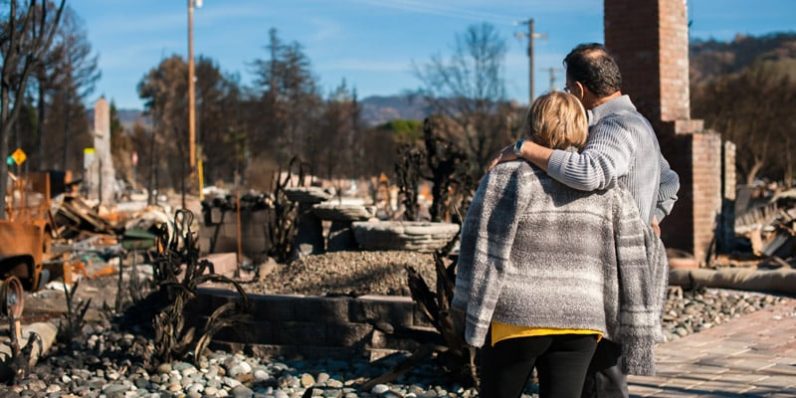
Our Strategic Bushfire Management Plans include bushfire fuel management, maintenance and asset protection plans. These documents identify the hazards posed by the vegetation (fuel) on and around your land, as well as strategies/treatments needed to manage the risk both in the short term and into the future.
Bushfire management and maintenance plans provide the planning and maintenance schedule of treatments to protect the identified asset. The type and quality of the treatments will vary depending on the asset it’s protecting.
In some cases, it may include the establishment and maintenance of an Asset Protection Zone (APZ) and strategic trail network, development of wind breaks to suppress ember attacks, or undertaking periodic hazard reduction burning to remove fire fuel loads.
These plans include measures such as slashing grassed areas (mechanic hazard reduction) to complex processes such as prescribed and cultural burning practises (burn-offs, burning hazard reduction). BEMC has the capacity to write, plan, resource and implement mechanical and burning hazard reduction programs. This includes a site assessment, development of planning documentation, obtaining environmental approval and consultation with local fire authorities and stakeholders where required.
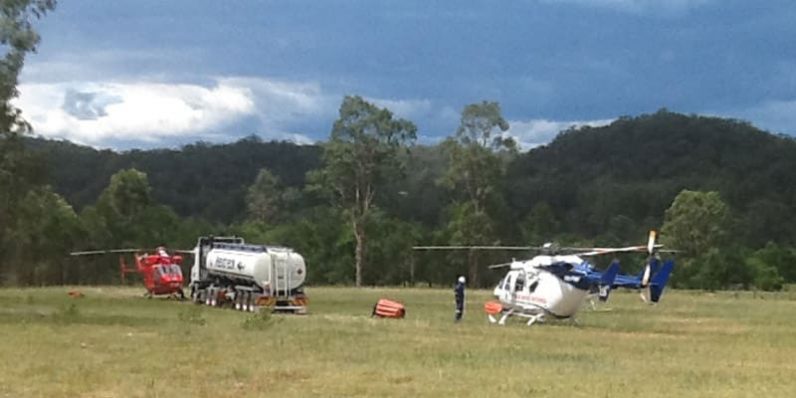
Backed by nationally recognised training and over 20 years of experience in natural and cultural resource management, fire planning, wildfire response and prescribed burning, BEMC understand the linkages between environment, planning and suppression operations of bushfires. This approach enables BEMC to provide a comprehensive strategy to your landscape and bushfire management program at an industry leading standard.
BEMC consultants have planned, resourced, and implemented a range of prescribed burning programs. BEMC staff are recognised as burn plan assessors with extensive experience in wildlife suppression operations. We have developed the capacity to plan and conduct complex and difficult prescribed burn and cultural burn activities.
This unique combination of ecological background, strategic bushfire planning and operational bushfire knowledge allows BEMC the ability to deliver high quality work to a variety of clients.
The work included to develop burn plans:
The document will plan the application of fire, either on the ground or from the air, under prescribed weather conditions and within defined boundaries, to modify fuel characteristics including overall fuel hazard, continuity, and arrangement to achieve:
Each prescribed burn is a complex process involving many individual steps. The three main components of organising a prescribed burn are:
If you would like to arrange a service with our controlled burning contractors, don’t hesitate to reach out to us today. We are happy to answer any questions you may have.
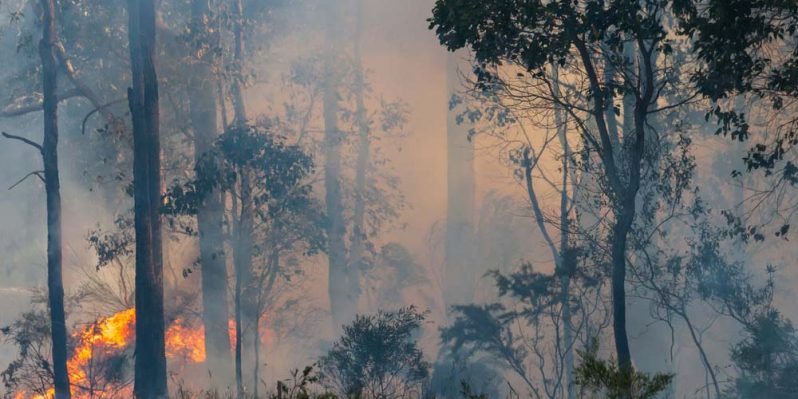
A bushfire management plan is a professional assessment of a portion of land and it uses specific bushfire protection criteria and external factors to assess the risk of a bushfire. Environmental considerations and the implications of the work required to mitigate the risk of bushfires in the long term are also implemented into a bushfire management plan. In many cases, they are an important way to assess the risk that a bushfire could pose to your property. Contact our team today if you want to learn more about how we can assist!
A BAL rating is short for a bushfire attack level rating, and it’s a way to measure the threat that a bushfire poses to a specific area. It measures the potential radiant heat output that a bushfire will present across a specific surface in Kw/square metres. It is most commonly used when planning out a property or during construction. BAL ratings are broken down into six levels depending on the risk factor:
Your BAL rating will let you know whether or not you need to consider a bushfire management plan. You can use the following summary as a guide:
If you know the BAL rating of your property, then what you do depends on the rating you hold. If you have a BAL-LOW rating, then you don’t have to worry about the risk of bushfires on your property. BAL ratings that include BAL – 12.5, BAL – 19 or BAL – 29 pose a significant risk of bushfire damage. In these instances, it’s useful to have a bushfire management plan in place.
For BAL ratings of BAL – 40 or BAL – FZ, it is essential that you have either a bushfire management plan or a statement. The risk of radiant heat, ember attack or direct flames is significantly higher when these BAL ratings are in place, so it’s important to implement various hazard reduction techniques to mitigate the risk that bushfires pose.
The answer to this question will largely depend on where your property is located. There are external factors to consider too, but the main thing to look at is where your property is and how prone that area is to bushfires.
To help you get an idea of whether or not your property is at risk, you can use this online tool to check your property to determine whether or not it’s prone to bushfires.
No, but it’s important to create an asset protection zone around the home to reduce the risk of bushfires.
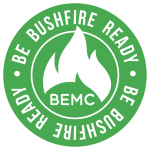
BPAD Accredited
FPA Bronze Member
BPAD Accredited
FPA Bronze Member